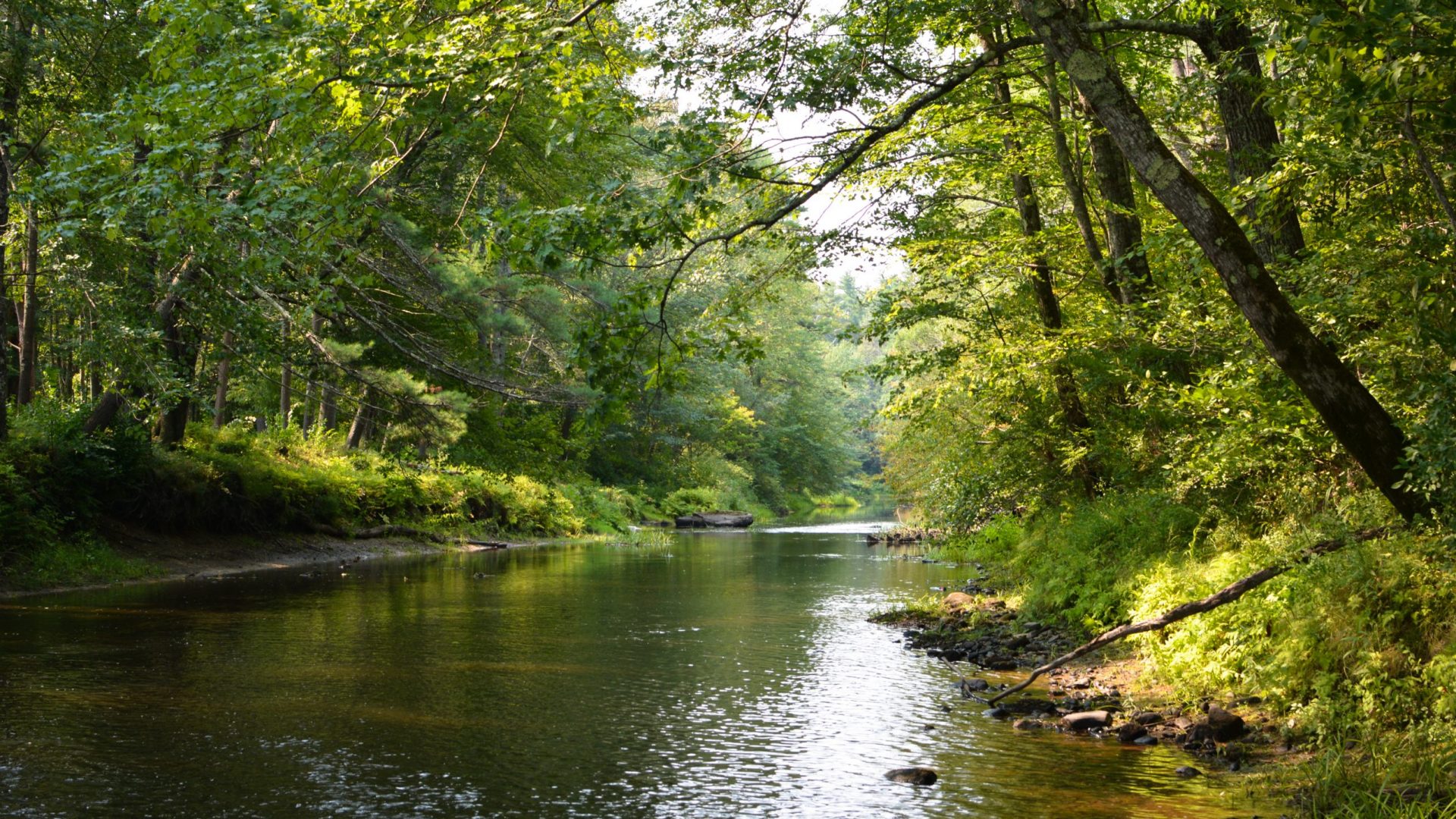Discovering the rare Atlantic white cedars of Maine: Nature News
By Susan Pike | Portsmouth Herald
A long time ago, I went out in the woods with a mycologist friend on the hunt for some sort of lichen (or it might have been a fungi, it was so long ago I don’t remember) that was typically (or perhaps only) found on Atlantic white cedars.
We never found the lichen, but we did visit a number of Atlantic white cedar swamps during this search, the most memorable being one near Mount Agamenticus. It was early spring, and there was still a lot of snow on the ground, disguising the fact that we were visiting a swamp (Atlantic white cedars only grow in wetlands). We must have broken through the crust a dozen times, sinking into snow and wet muck up to our thighs as we navigated from tree to tree in our futile search. It was such an adventure and so much fun.
So, when I moved back to Maine and heard that Atlantic white cedars were growing nearby in the Grant’s Meadow at Beaver Dam Heath Preserve (you can find more information on the Great Works Regional Land Trust at www.gwrlt.org), I couldn’t wait to explore. But the problem with visiting Atlantic white cedars is that they grow in wet places, swamps, bogs and fens. It can be almost impossible to get to them unless you go in winter when the ground is frozen. I had to wait until last week – for the first time in the past few years, the ground has been frozen long enough to provide adequate footing.
Atlantic white cedar ((Chamaecyparis thyoides) is rare in the state of Maine. They are listed as an S2-Imperiled in Maine species, meaning they are at high risk of extirpation in the state. We are at the northern limit of their habitat, you’ll find them here and there along the coastal plain of Southern Maine, so they were never a commonplace tree. In New England, much of their habitat was destroyed by bog ore mining, peat excavation, or developed into cranberry plantations.
In addition, they are a much sought-after tree for lumber. Since European colonists first arrived along the East Coast, the acreage of Atlantic white cedar stands has dropped from an estimated 500,000 acres to less than 50,000, primarily due to logging. The Atlantic white cedars were prized for their lightweight, rot-resistant, straight-grained wood that was perfect for things like boat building, shake roofs, and fence posts.
According to the Atlantic White Cedar Initiative, “In addition to its high value as standing timber, logs from ancient AWC forests – embedded in the peat and muck of swamp soils – were commercially important. Loggers often excavated buried logs, especially after severe fires which consumed the peat matrix, thus exposing the logs. The acid, anaerobic peat combined with extreme decay resistance of AWC created conditions where logs were essentially pickled within the peat matrix.”
Pickled in peat matrix!! I would love to see something made from that wood!

Atlantic white cedars have rounded scaly needles while northern white cedars’ needles are flattened, and Eastern red cedars feature pointier needles. – Susan Pike
There are three cedars found in this area: Atlantic white cedars, northern white cedars and eastern red cedars. If you bring up cedars around anyone who is in any way a botany enthusiast, they will feel compelled to talk about how our cedars are not “true” cedars.
True cedars are in the family Pinaceae and belong to the genus Cedrus, are native to the Mediterranean and Himalayan regions of the world and bear their evergreen needles in dense clusters on small, woody spur shoots, while false cedars are in the family Cupressaceae and comprise a variety of genera. False cedars have scaly, evergreen foliage that is arranged in fan-like sprays. Whether they are true or false, these trees share fragrant, rot-resistant wood.

Atlantic white cedars have rounded scaly needles while northern white cedars’ needles are flattened, and Eastern red cedars feature pointier needles. – Susan Pike
I took advantage of a snowshoe organized by the Great Works Regional Land Trust for my first visit to my neighborhood Atlantic white cedars. We followed a circuitous path to the swamp, winding our way through windswept heath interspersed with stunted red maple and gray birch, scrubby spirea, leatherleaf and winterberry until finally arriving at the cedar grove. Most of the trees were young and small, but a few towered overhead.
Atlantic white cedars typically live 2-300 years, but ring counts from buried logs suggest they can live up to 1000 years and grow over 100 feet high! Atlantic white cedars form dense stands that shade out other species and create a primordial stillness in their dark recesses. There is a sense of being in an ancient cathedral standing in one of these groves. My long wait for the perfect conditions was definitely worth it.
